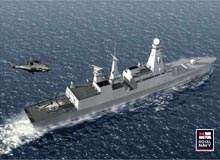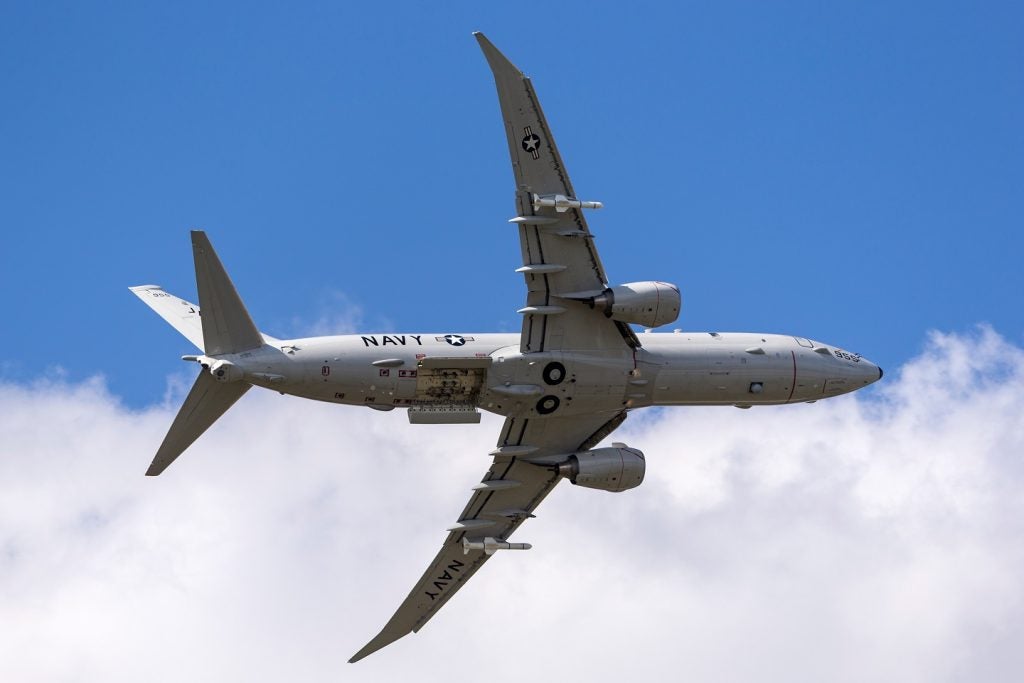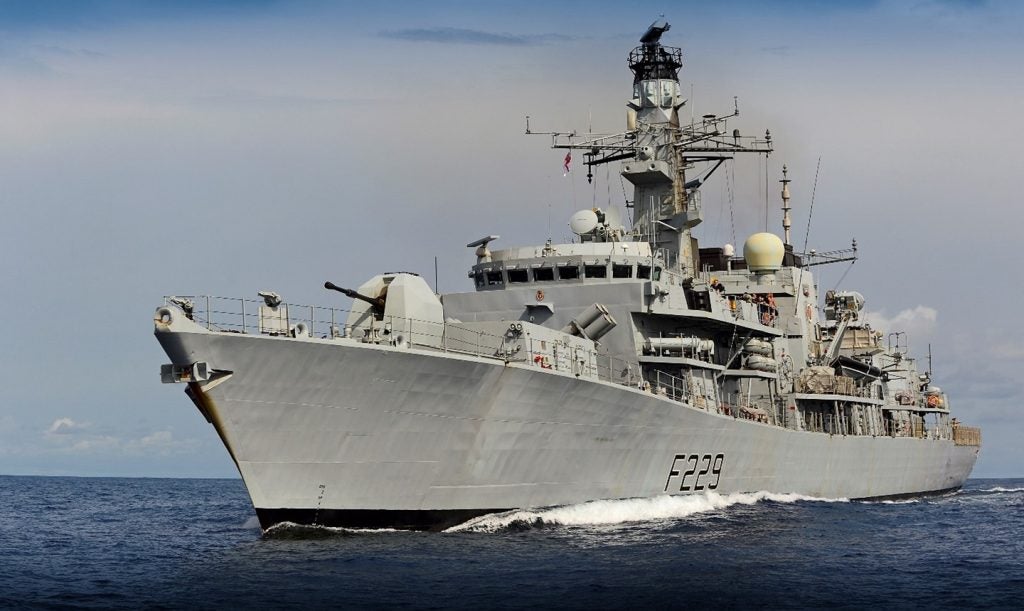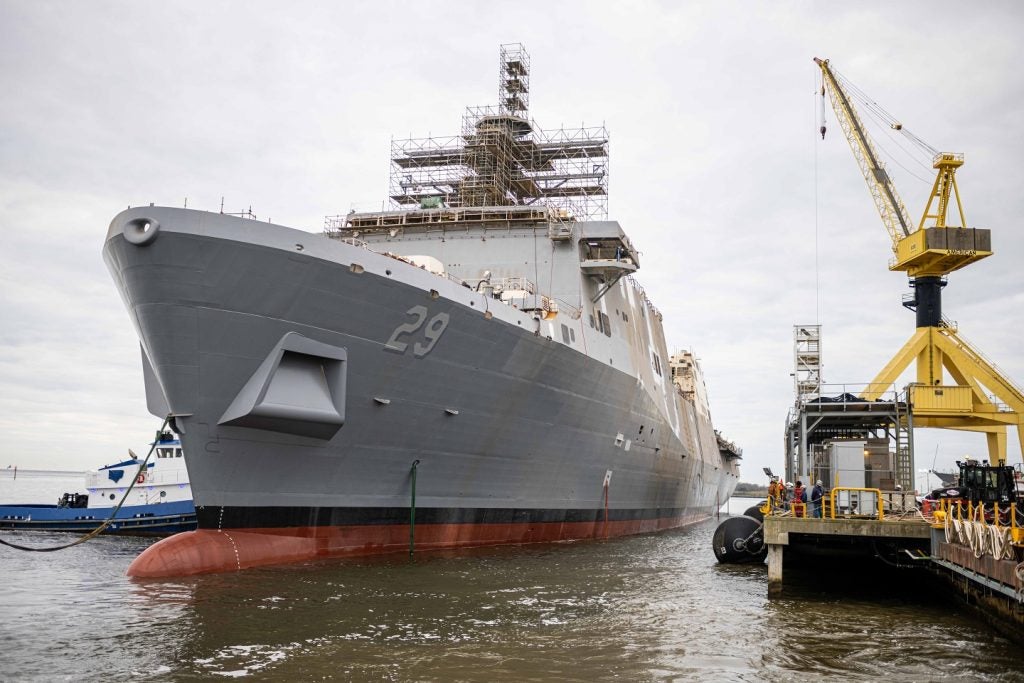
China’s growing naval strength has become an increasingly important issue to governments around the world. In the preface to a report: China’s Navy 2007, William Tarry, director, Naval Analysis Directorate Office of Naval Intelligence, commented: “Over the past decade, the Chinese Navy has embarked on a modernisation programme with the goal of being the pre-eminent regional power in East Asia.
“By acquiring some of the world’s most impressive naval technologies from abroad while simultaneously building advanced indigenous submarines, combatants and naval aircraft, China is positioning itself to play a growing role in regional and trans-regional affairs.”
An indication of China’s rapid growing naval strength is seen in the CRS Report for Congress : China Naval Modernisation: Implications for US Navy Capabilities – Background and Issues for Congress, published in October 2007, which quotes observers as stating: “In order to grasp the energy that China is now committing to undersea warfare, consider that between 2002 and 2004, China’s navy launched 13 submarines, while simultaneously undertaking the purchase of submarines from Russia on an unprecedented scale.”
The growth of China’s naval capability is putting many governments around the world under pressure as they seek to maintain or upgrade existing fleets as well as taking advantage of new technologies by commissioning the latest generation of warships and submarines.
How well do you really know your competitors?
Access the most comprehensive Company Profiles on the market, powered by GlobalData. Save hours of research. Gain competitive edge.

Thank you!
Your download email will arrive shortly
Not ready to buy yet? Download a free sample
We are confident about the unique quality of our Company Profiles. However, we want you to make the most beneficial decision for your business, so we offer a free sample that you can download by submitting the below form
By GlobalDataRising to the challenges of maintaining its fleets, European governments are having to take decisions on defence spending at a time when cut-backs were hoped for.
See Also:
During July 2007 the UK defence secretary, Des Browne, announced the go ahead for two carriers, the Queen Elizabeth and Prince of Wales. It is said that they will be the largest ships ever constructed for the Royal Navy and will carry an air group of around 40 jet fighters and helicopters, they are designed to enable the UK to protect its interests wherever they may be. This is good news for UK shipyards. Indeed the UK’s shipyards are seeing high levels of activity with what has been described, by the UK government, as the ‘largest work programme in a generation’.
KEEP OUR FUTURE AFLOAT
“The UK needs to keep a strong presence on the international military stage, comments Stuart Klosinski, representing the secretariat of the trade union’s Keep Our Future Afloat Campaign (KOFAC) which is aimed at sustaining and growing naval shipbuilding in the north west of England, UK.
“We need a steady drumbeat of new orders to ensure that the UK’s fleet maintains a leading edge in all areas including technological capabilities.”
Klosinski added that KOFAC is highlighting the strong skill level that the UK has in the area of naval shipbuilding design and technology, which without the steady flow of new orders would be lost.
KOFAC also believes that the planned rapid growth of China’s fleet and planned further investment by Russia should influence the UK government’s future defence spending decisions, particularly in relation to budget allocations for sustaining the UK’s strategic deterrent, attack submarine fleet and modernisation of the surface ship fleet. “It is possible that China’s rapid naval growth has played a part in the UK government’s defence spending decisions,” comments Klosinski.
Developments are taking place across Europe ensuring that the region’s navies can remain ahead of any emerging competition. These include the Royal Navy’s most advanced nuclear submarine, Astute, which took its first dive at the end of October 2007. The Astute is first vessel of four in the Astute Class.
During 2006 the Royal Norwegian navy took delivery of two of five frigates. The contract was originally signed in 2000 and the final vessels will be delivered through to 2009.
Meanwhile Spanish shipyards are engaged in delivering four S80 2,400t submarines for the Spanish Navy.
SUSTAINABLE SHIPBUILDING
While the order books for many European shipyards are looking good there are concerns that the way shipbuilding is being conducted in some European countries may not be providing value for money for governments, which will have to spend considerable sums if they are to maintain fleets that can match the capabilities of the emerging nations in the 21st century.
According to Professor Keith Hartley, director of the Centre for Defence Economics at York University, naval shipbuilding is one of the areas where European governments have failed to exploit the gains from competition and free trade.
“The EU does not have a free market for defence equipment, its national defence industries are protected by Article 296 of the EU Treaty. In the UK under the new Defence Industrial Strategy, there is a commitment to buy British for core workload only.
Other orders could be subject to competition. But it is the commitment to buy British that means that foreign firms, which might be lower-cost suppliers, are not able to bid for UK warship contracts,” comments Hartley.
At a time of geo-political uncertainty and as defence budgets are stretched, Hartley believes that European governments need to explore opportunities for international collaboration in warship building. “Such international collaboration is well established in costly military and civil aerospace programmes, such as Typhoon and Airbus,” said Hartley.
As China, and indeed other nations, are building fleets which are strong and technically advanced. Governments, such as that of the UK, now have to ask themselves if costly domestic procurement can remain sustainable into the future.
KEEPING IT LOCAL
Indeed the strength of feeling for UK procurement was demonstrated by the angry reaction of the UK’s defence industry to a proposal from the Ministry of Defence to outsource the building of the country’s next generation of warship support ships to Eastern Europe. The Maritime Afloat Reach and Sustainability (MARS) programme, billed as the next big project for the UK’s shipbuilding sector, is valued at £9bn over 30 years.
It is argued that maintaining domestic naval shipbuilding capability is important, not only in terms of jobs, but also in terms of developing proprietary technology and ensuring that Europe continues to produce people with the expertise to sustain a technological advantage.
As China, and other nations, develop their defence capabilities, Europe is likely to enjoy a sustained period of naval shipbuilding.
But the key issue is whether EU governments are willing to allocate more resources to defence and are they willing to explore lower-cost solutions such as buying warships from abroad, or engaging in international collaboration, allowing the EU to maintain fleets that are fit for the 21st century and beyond.







